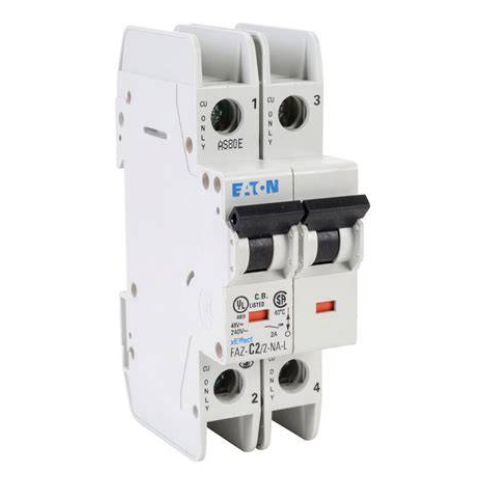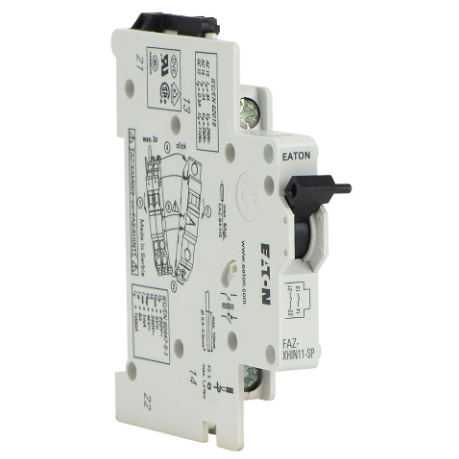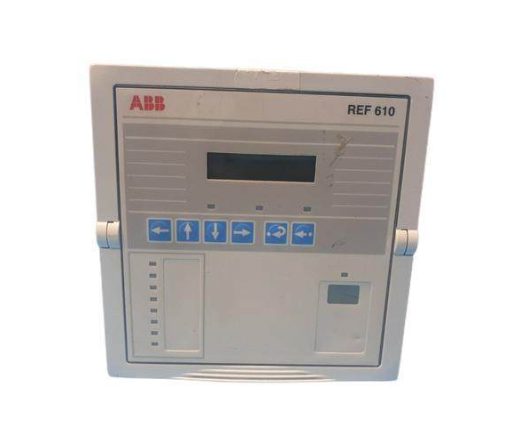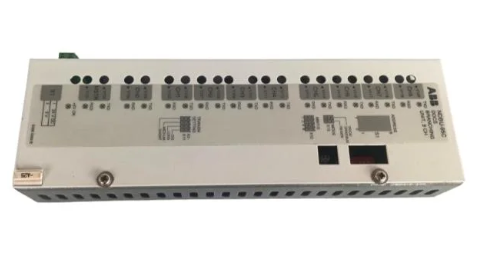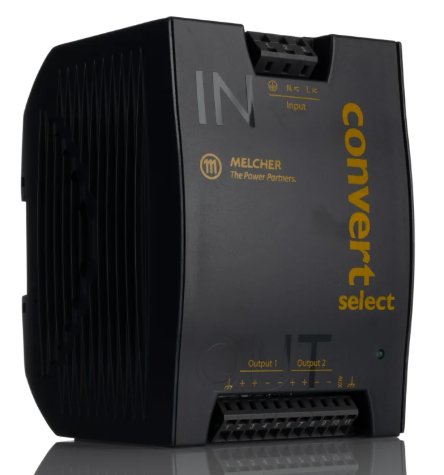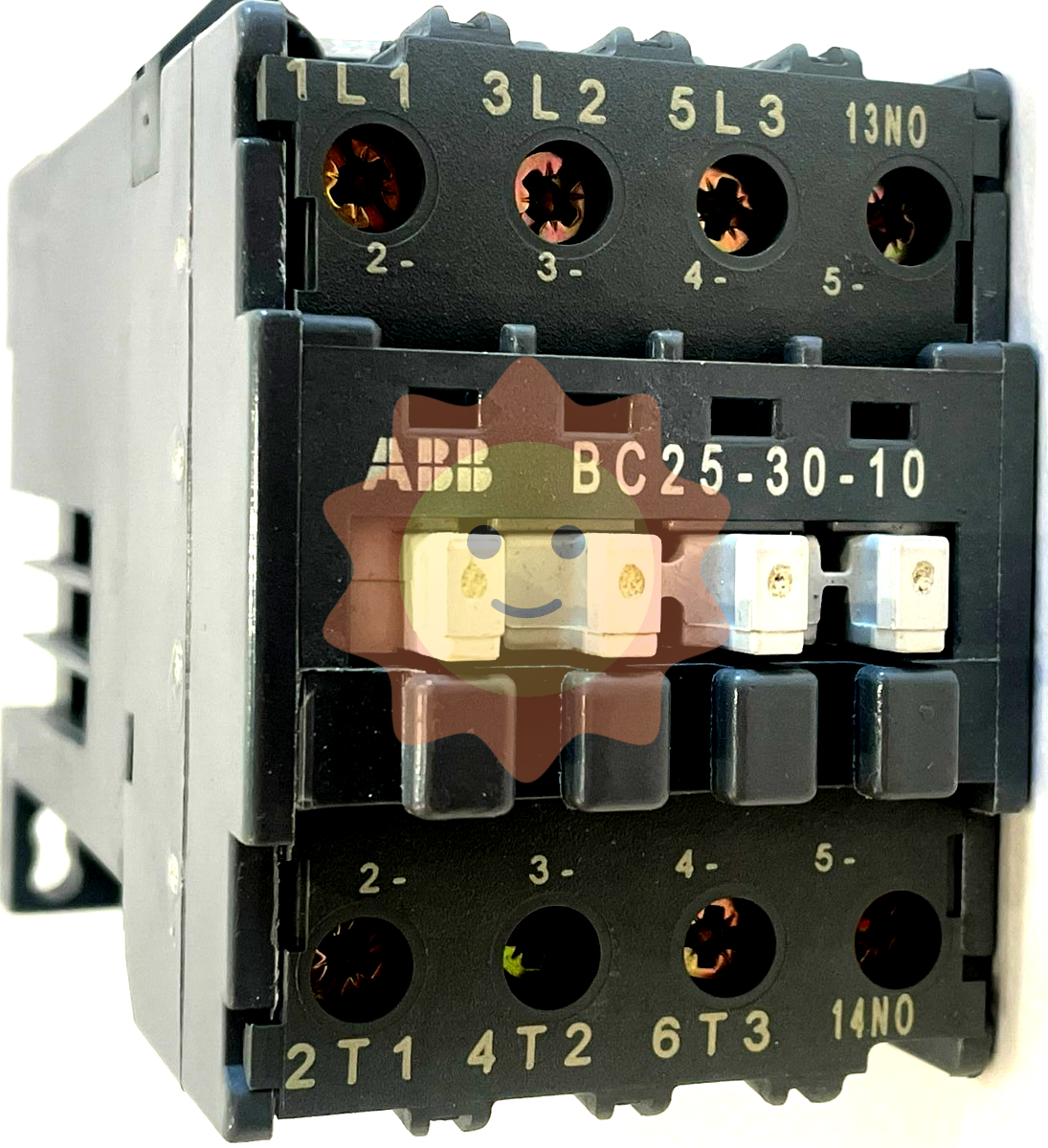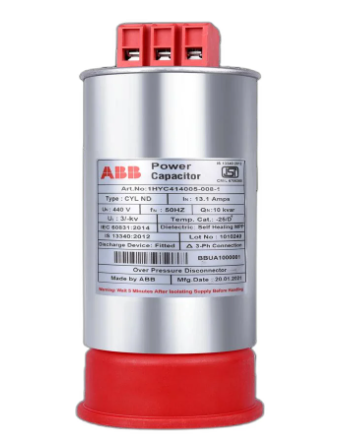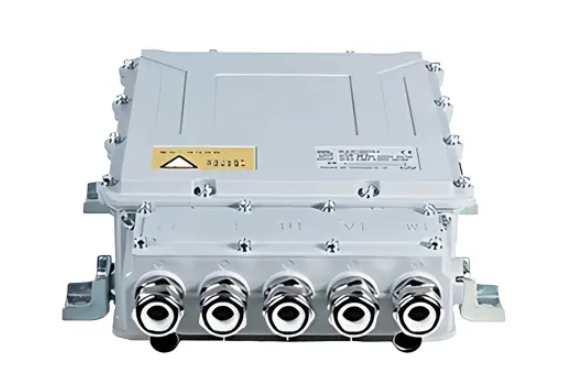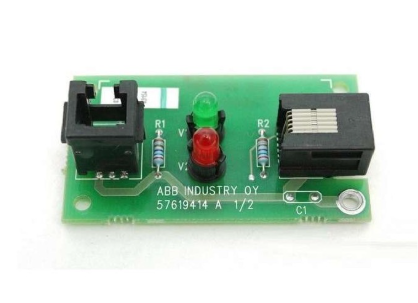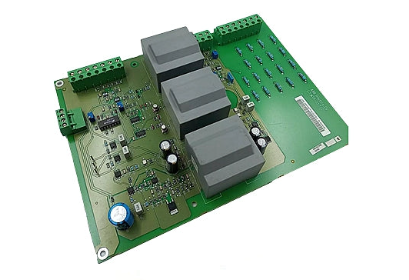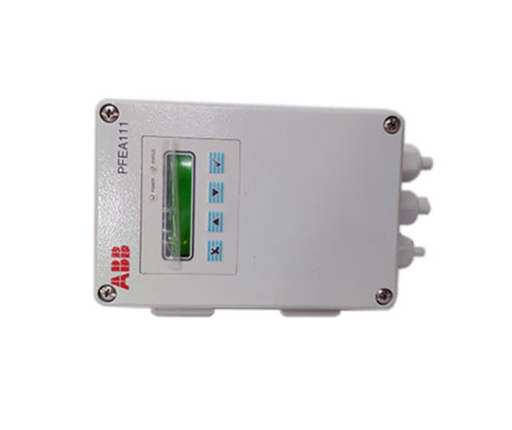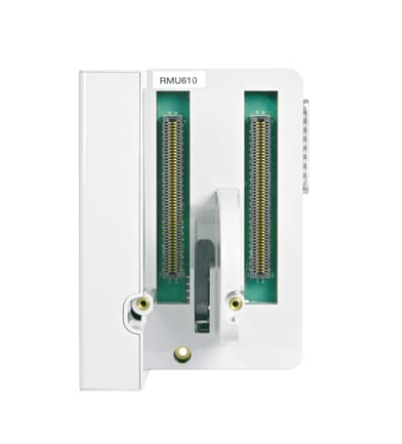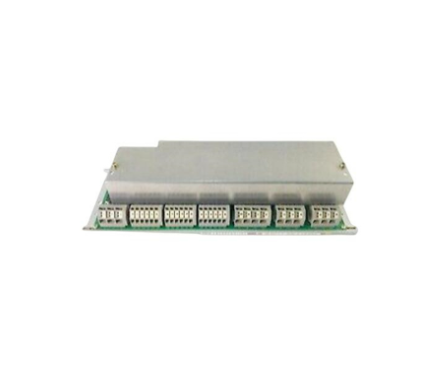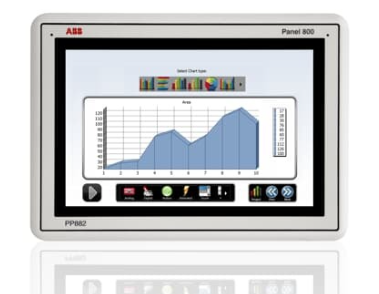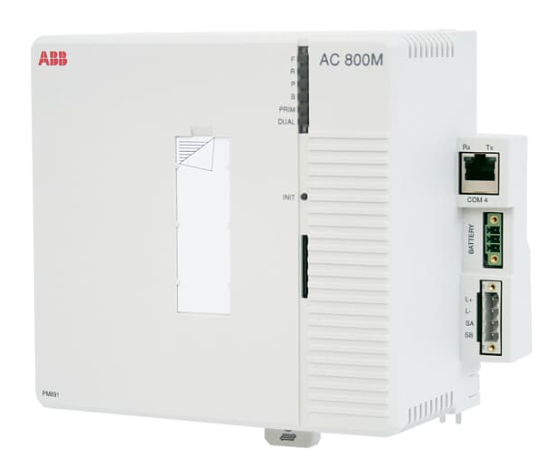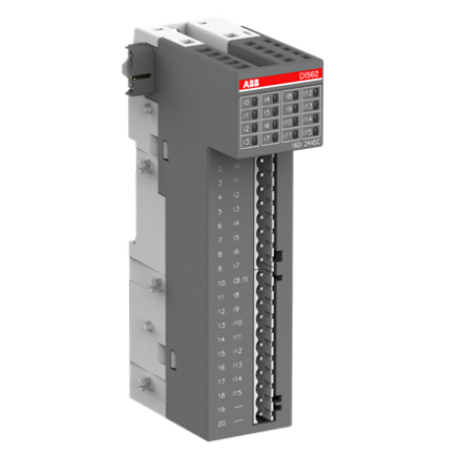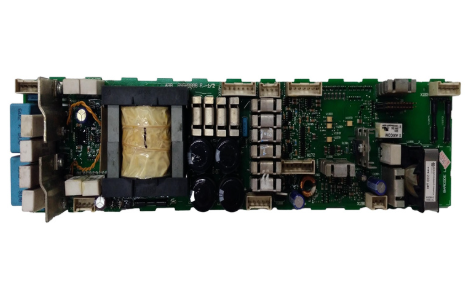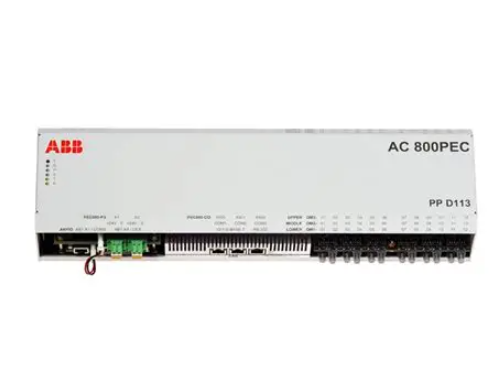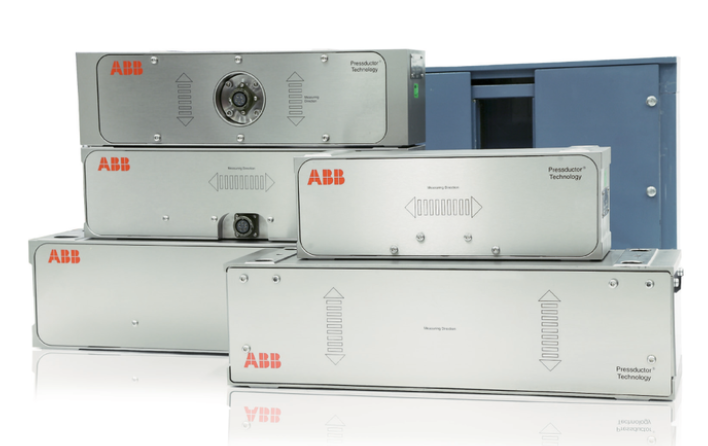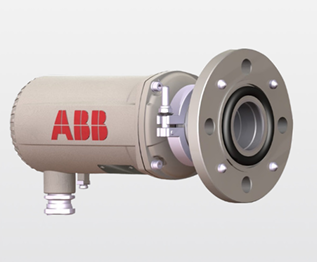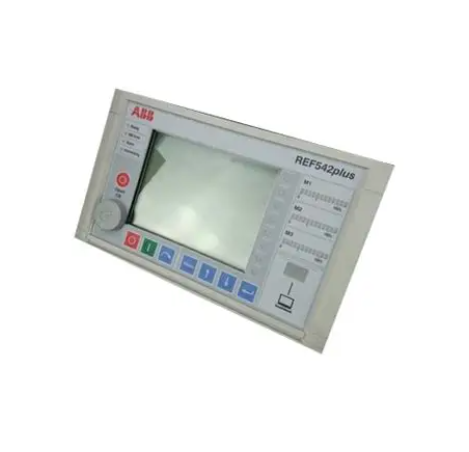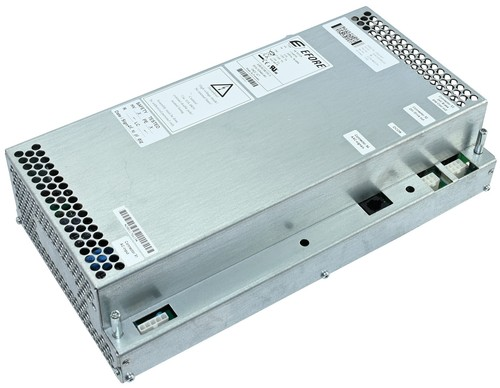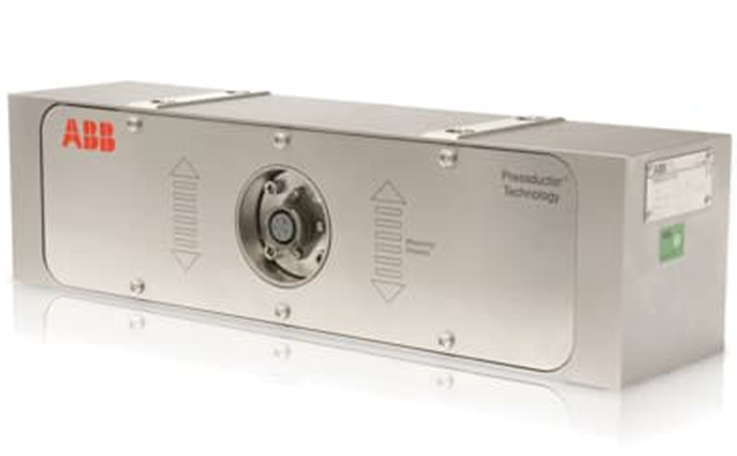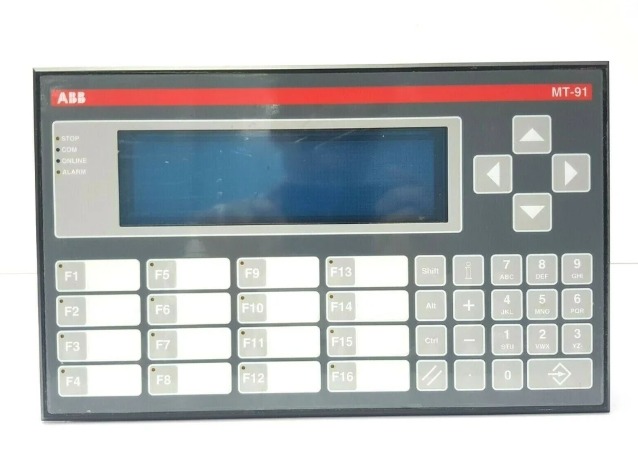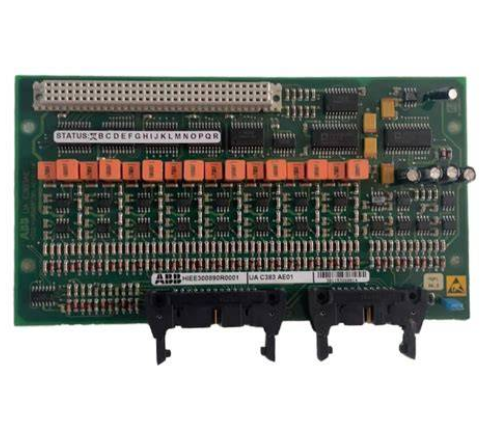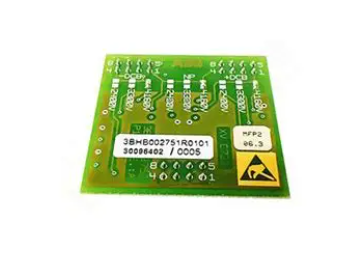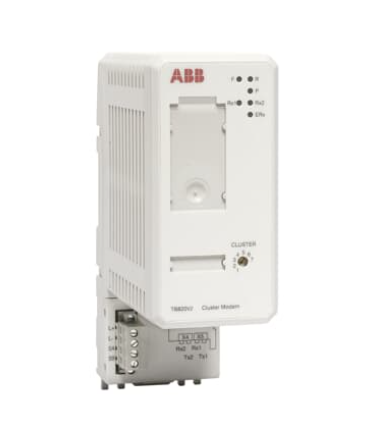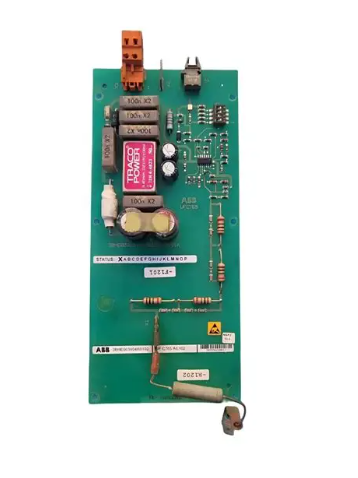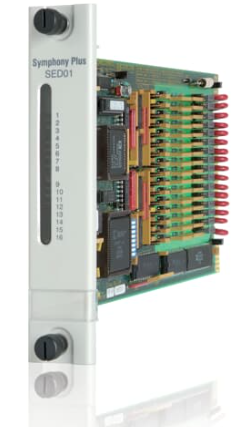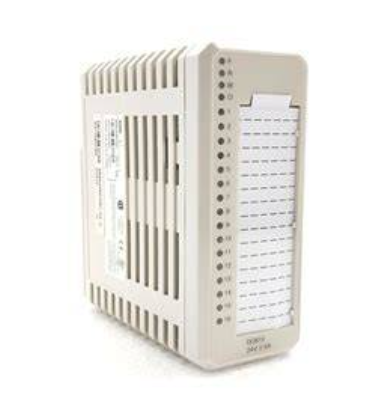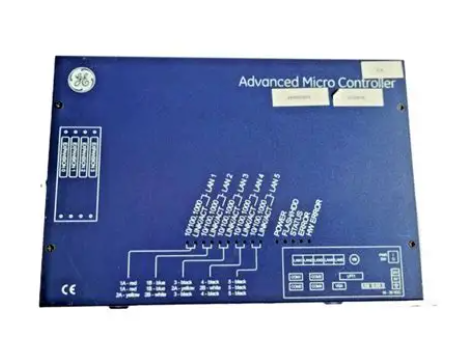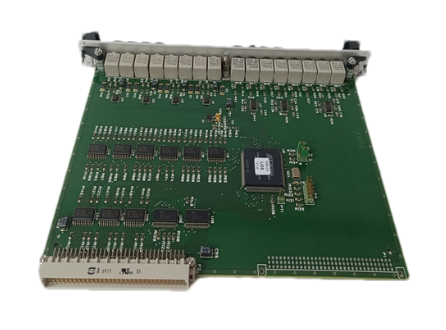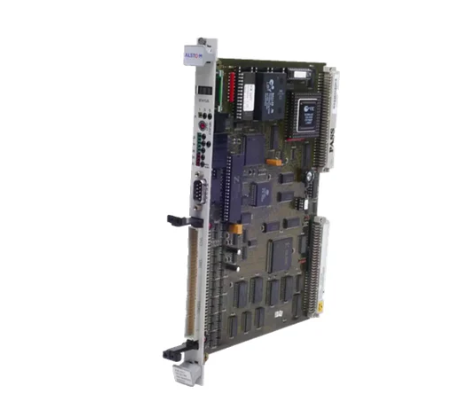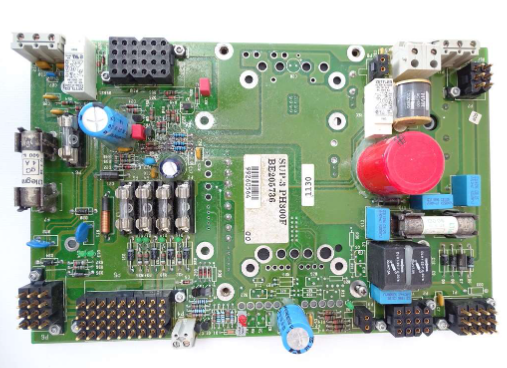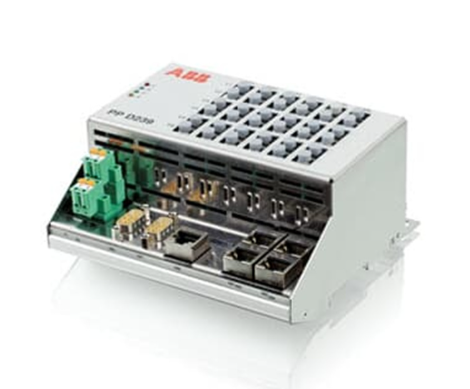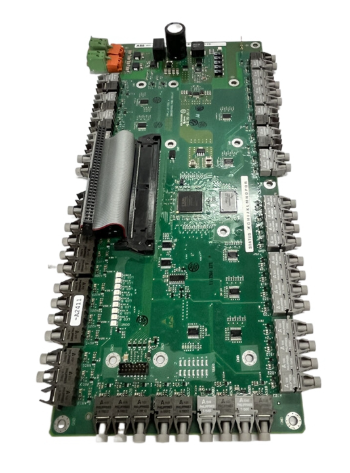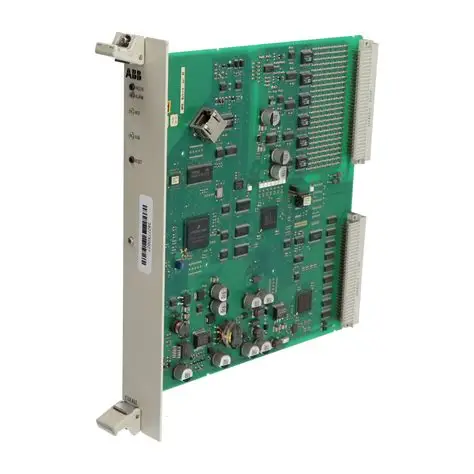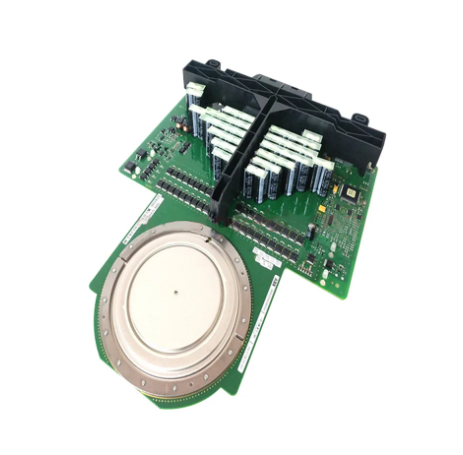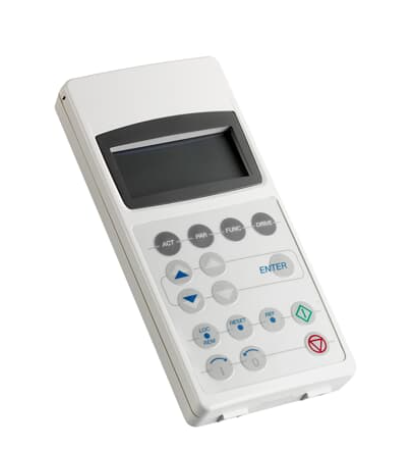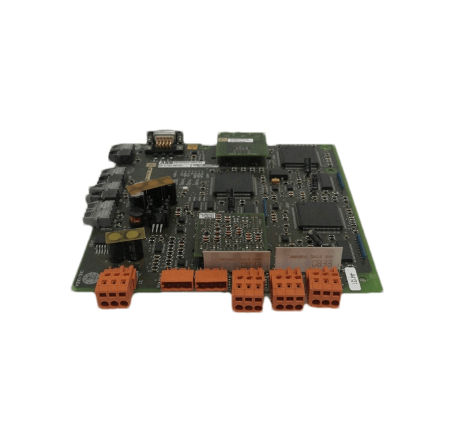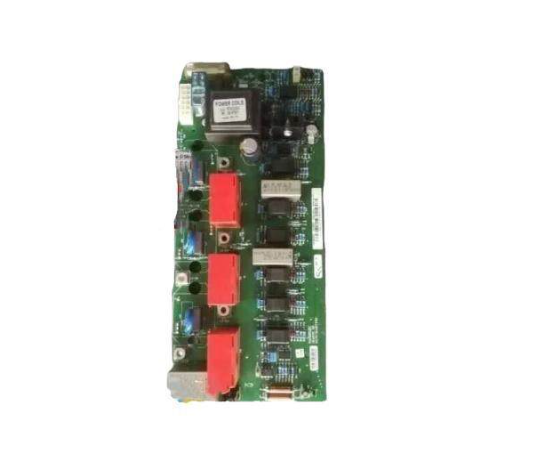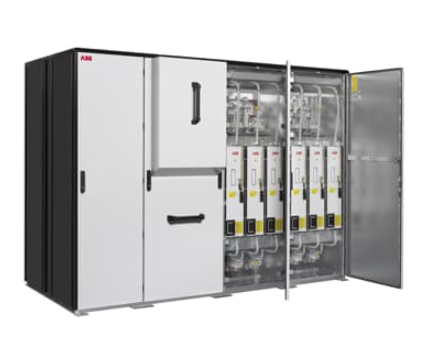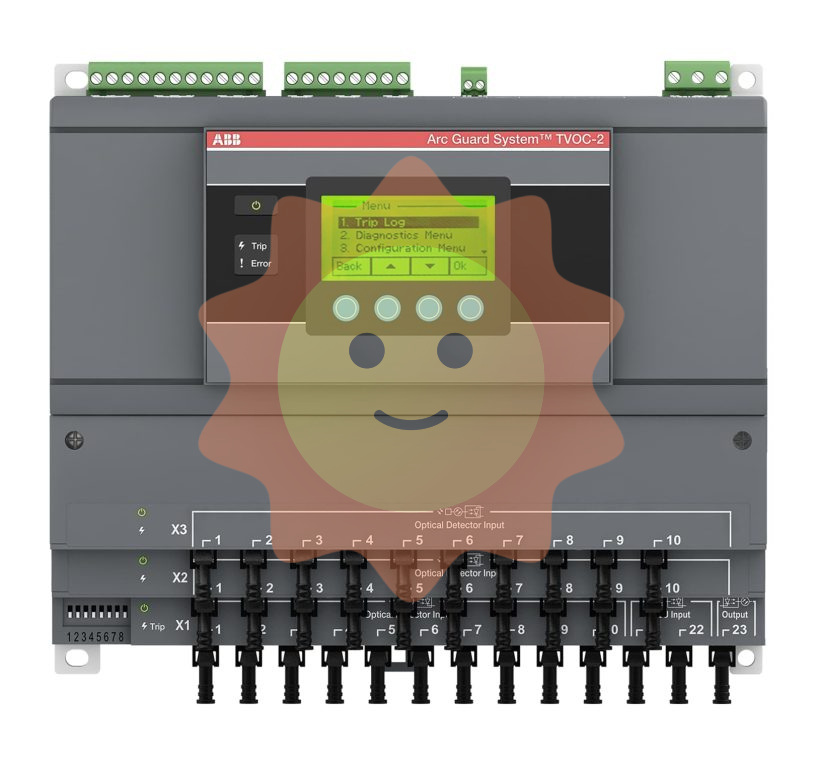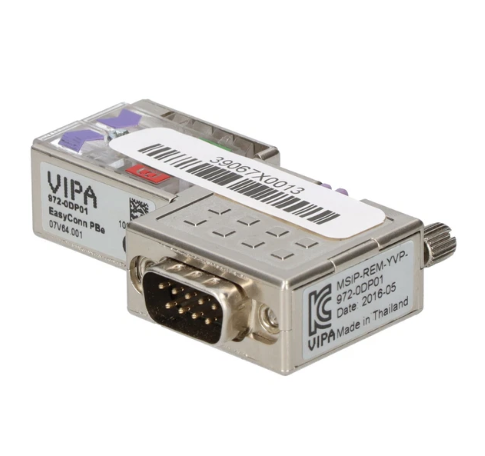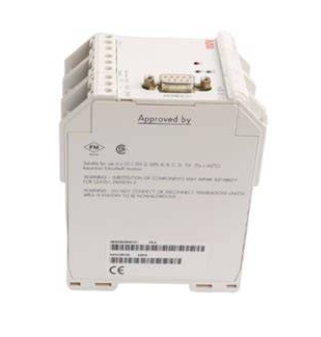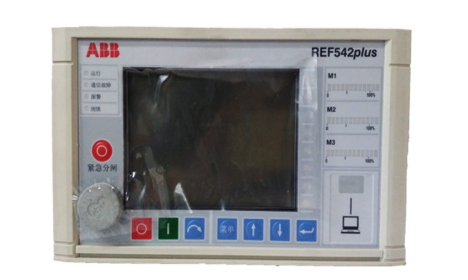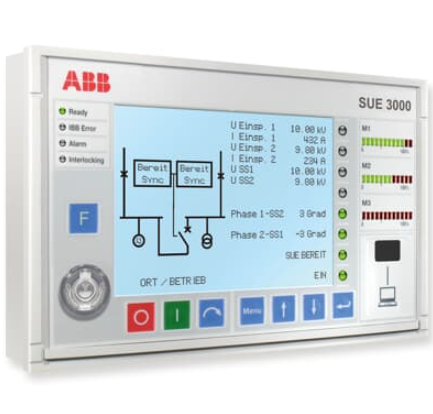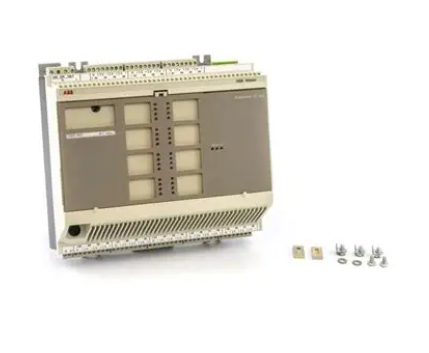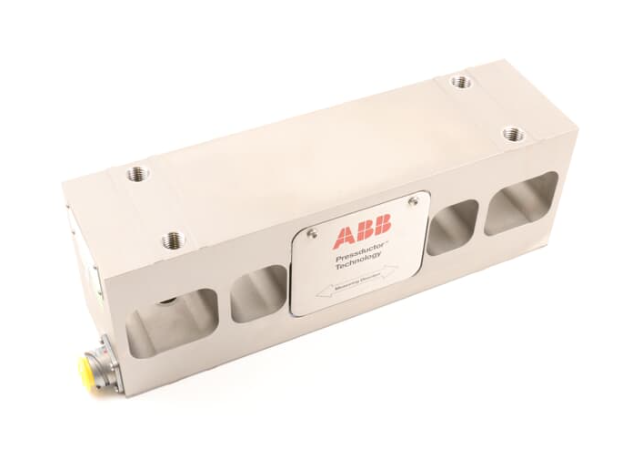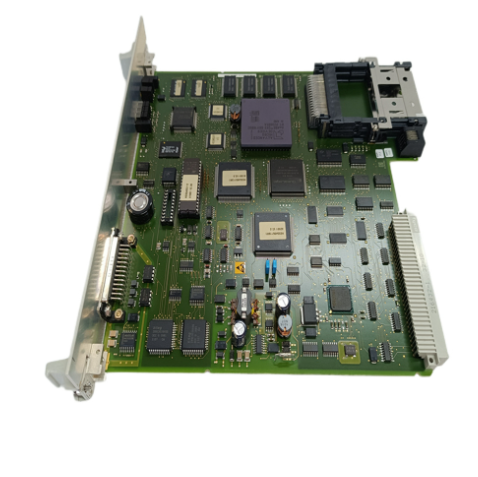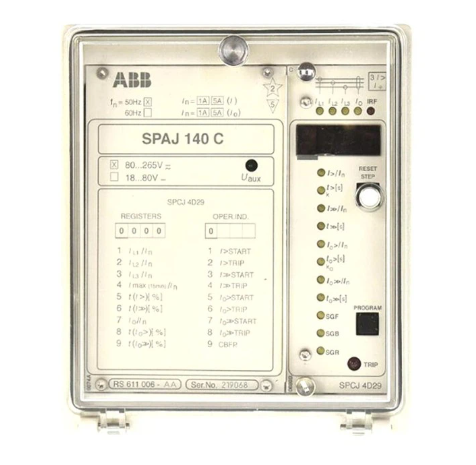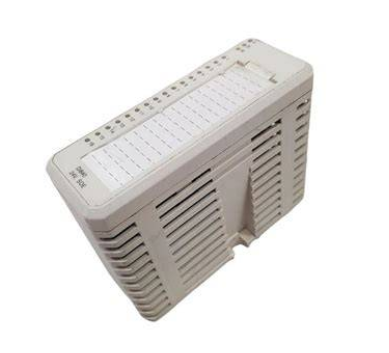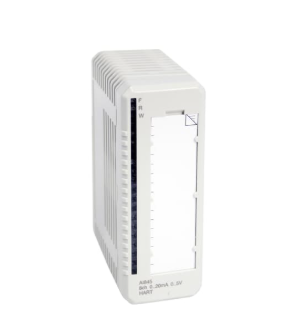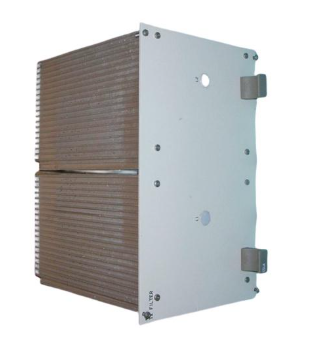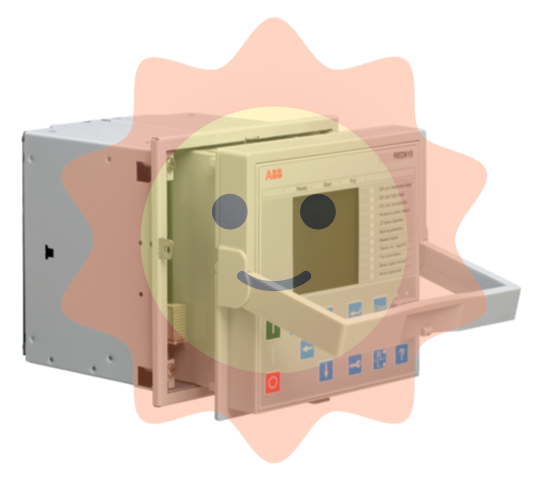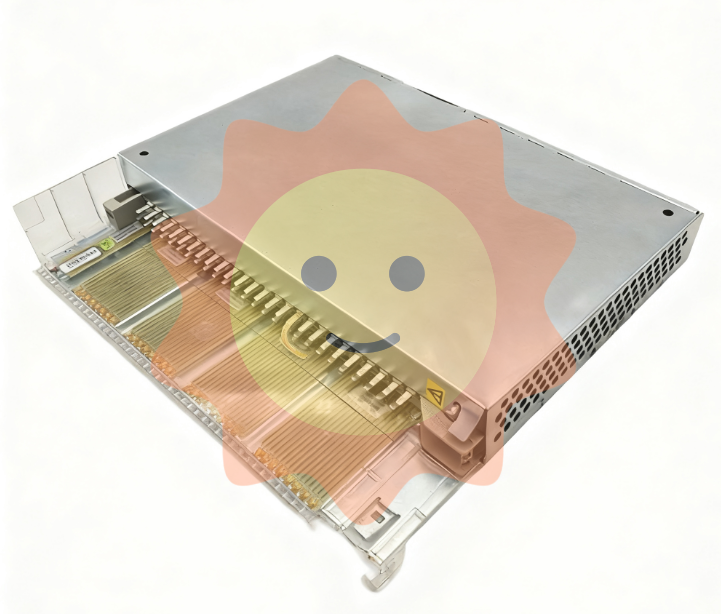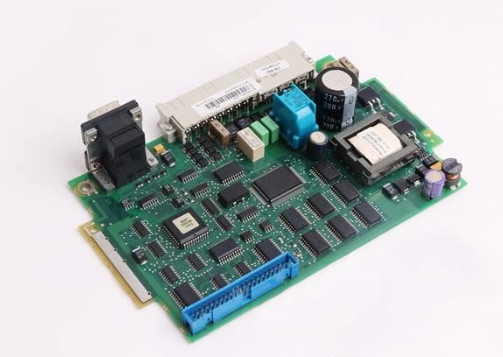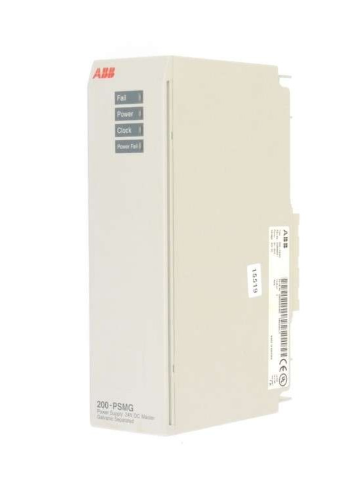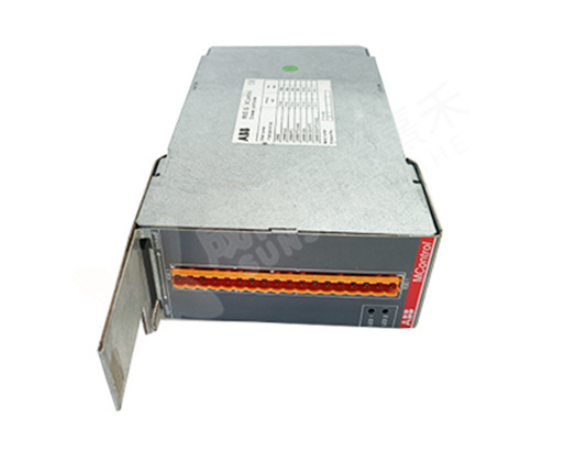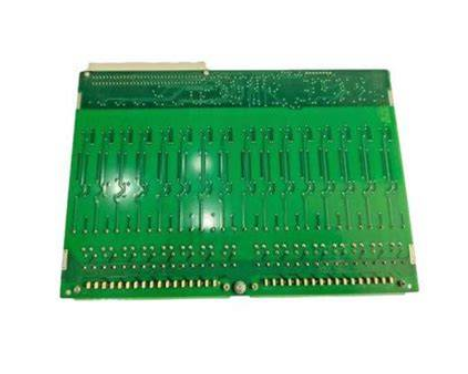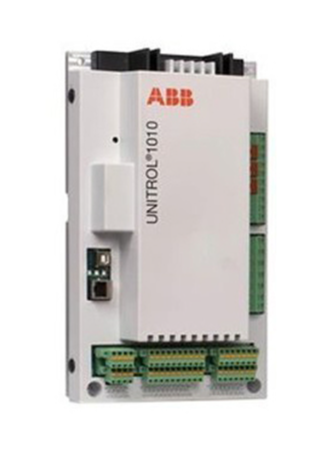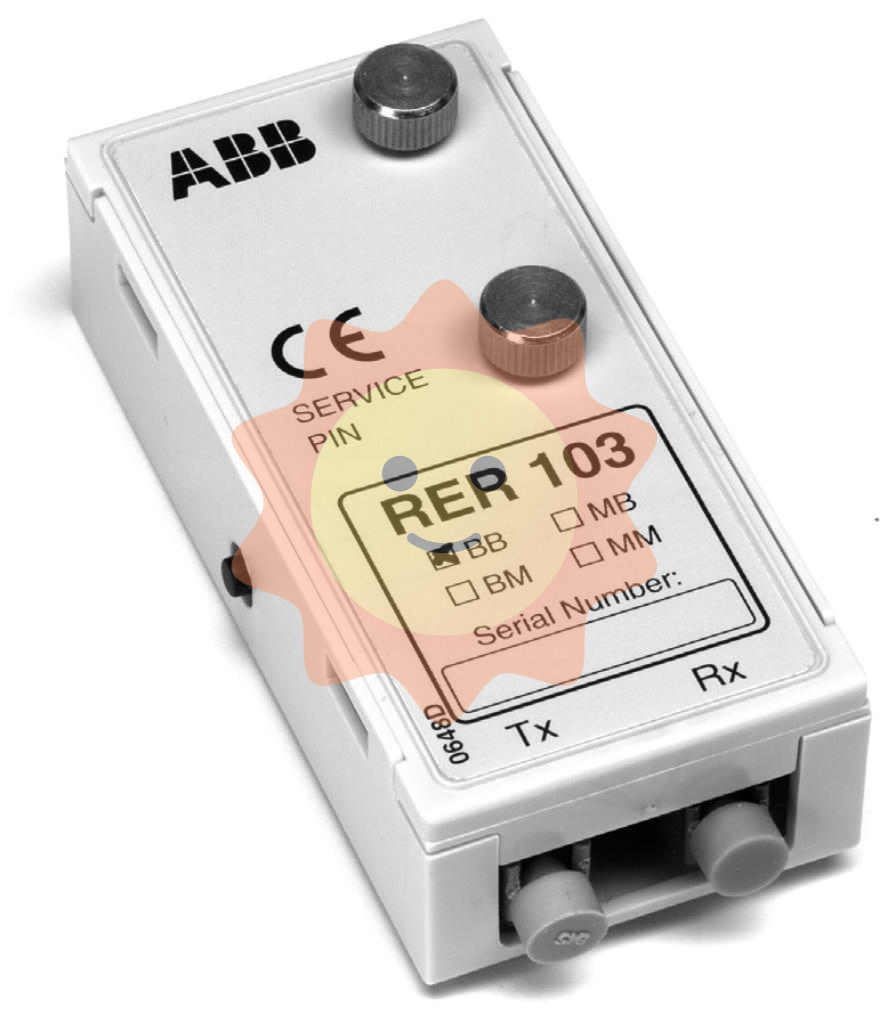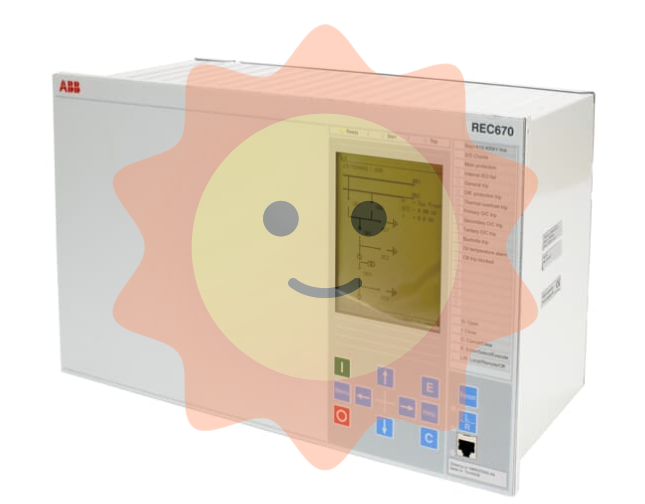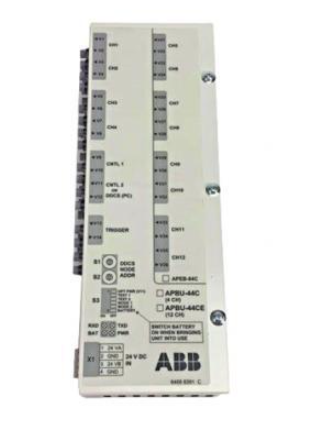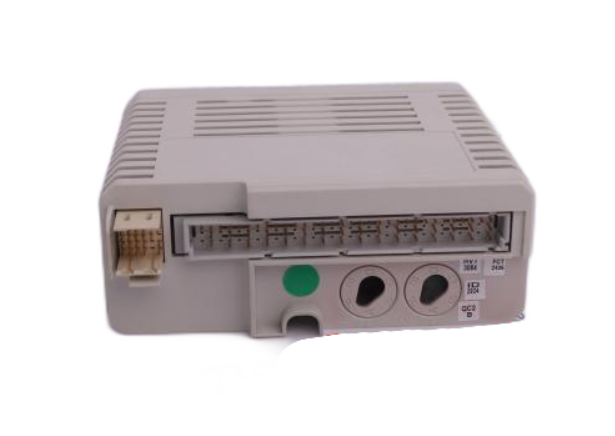AB ProcessLogix R500.1 Process Control System
AB ProcessLogix R500.1 Process Control System
Product Overview and Prerequisites
Hardware Acquisition and Installation Requirements: ProcessLogix R500.1 Server Software must be installed on a certified PC, either purchased from Rockwell Automation or ordered from technical support. Prior to use, the user should prepare the relevant software CDs, including ProcessLogix R500.1 Base Software CD, Application Software CD, Knowledge Builder CD, etc., and the PC should meet the hardware standards of the corresponding server or client.
User Requirements: Users should be familiar with the operation and software installation in Microsoft Windows 2000 environment, have knowledge of ProcessLogix hardware components, ControlNet or ENET configuration, and have received training on ProcessLogix (including Control Builder and Server components). Training in ProcessLogix (including Control Builder and Server components). If other Rockwell Automation products are involved, additional training is required.
New Features and Functionality
Engineering Tool Enhancements: Historical configurations are now a standard part of CB point configurations; Cross-referencing and wiring features are optimised to improve wiring and provide clear cross-page wiring identifiers; Parameter Comparison feature compares controller parameters against monitoring or project versions at download; SCM memory is optimised to reduce memory footprint; Server Scripting is supported for executing VBScript based on system events.
Server related upgrades: New Alarm/Event subsystem based on HMIWeb technology that manages notifications from ProcessLogix and 3rd party OPC systems, supports flexible filtering, sorting, and layout, and uses Microsoft SQL Server to store events. Station & HMIWeb Display Builder updates. Optimised menu/toolbar configuration, operator-specific keyboard support, ability to set up multi-monitor startup, new chart objects, hyperlink support, and adjustments to Station licensing.
Other enhancements: Plant Data Model supports 40-character Point IDs, with corresponding increases in Point Descriptor and Area Code lengths; OPC support has been updated with the addition of OPC Alarm and Event Server; System Display supports 1280x1024 resolution; and Service Pack 5 for Microsoft Visual Studio v6.0 has been released for application development. For application development, Service Pack 5 for Microsoft Visual Studio v6.0 has passed the compatibility test with ProcessLogix; Network API support has been changed, and Visual Basic application references have been changed; and a variety of new hardware modules have been added, such as 1756-ENET/B, 1756-ENB/T, and so on.
Software Component Version Information
Detailed list of major engineering tools (such as Control Builder, DB Admin, etc.), server software (such as ProcessLogix Server, Station, etc.), embedded software (such as Windows 2000 Service Pack 2, Internet Explorer 6.0, etc.), third-party software (such as McAfee Virus, etc.). Version numbers and validation mechanisms for third-party software (e.g., McAfee VirusScan, MS Office series, etc.) and other SCADA components (e.g., Modicon Netlib, RSNetworx, etc.). In the case of Control Builder, for example, version PS500.1 - RI.1, you can open the software by going to ‘Start ⇒ Programs ⇒ ProcessLogix Engineering Tools ⇒ Control Builder’ and clicking on the ‘Help ⇒ About’ link. ‘Help ⇒ About’.
Performance and Capacity Specifications
Server/Client Performance and Capacity: The performance of the PC platform varies depending on the operating system and process control configuration. The server requires a specific hardware platform and the Windows 2000 Server operating system, and is not recommended for use as an operator station; the client is recommended to use the Windows 2000 Professional and Windows XP Professional operating systems. Windows 2000 Professional and Windows XP Professional operating systems are recommended for the client. According to the scale and complexity of the system, it is divided into three configurations: minimum, typical and performance, with different requirements for processor, memory, network and video.
System communication-related performance: covers the limitations and specifications of various aspects such as system communication load, controller and I/O performance. For example, there are different configuration limits for Ethernet and ControlNet in terms of control network capacity; controller communication performance specifies the number of 1757 - PLX52 controller connections and parameter access response rate, etc.; I/O performance specifies the capacity of different types of I/O modules, load limitations, and publication cycles, etc. .
System Performance Optimisation
Operating system tuning: For service/kernel tuning, Windows 2000 Professional needs to select ‘Optimise performance for Applications’ (for clients) or adjust server-related settings according to system usage; For Windows 2000 Server, it is a two-step tuning process, which includes setting up application responses and server services. Disk management includes checking and fixing file system errors and defragmenting the disk to ensure stable system operation and performance improvement.
Memory and swap file settings: According to the system memory usage and physical memory size, set the initial and maximum size of the swap file reasonably, and there are different setting suggestions for servers and clients with different memory configurations.
- EMERSON
- Honeywell
- CTI
- Rolls-Royce
- General Electric
- Woodward
- Yaskawa
- xYCOM
- Motorola
- Siemens
- Rockwell
- ABB
- B&R
- HIMA
- Construction site
- electricity
- Automobile market
- PLC
- DCS
- Motor drivers
- VSD
- Implications
- cement
- CO2
- CEM
- methane
- Artificial intelligence
- Titanic
- Solar energy
- Hydrogen fuel cell
- Hydrogen and fuel cells
- Hydrogen and oxygen fuel cells
- tyre
- Chemical fiber
- dynamo
- corpuscle
- Pulp and paper
- printing
- fossil
- FANUC
- Food and beverage
- Life science
- Sewage treatment
- Personal care
- electricity
- boats
- infrastructure
- Automobile industry
- metallurgy
- Nuclear power generation
- Geothermal power generation
- Water and wastewater
- Infrastructure construction
- Mine hazard
- steel
- papermaking
- Natural gas industry
- Infrastructure construction
- Power and energy
- Rubber and plastic
- Renewable energy
- pharmacy
- mining
- Plastic industry
- Schneider
- Kongsberg
- NI
- Wind energy
- International petroleum
- International new energy network
- gas
- WATLOW
- ProSoft
- SEW
- wind
- ADVANCED
- Reliance
- YOKOGAWA
- TRICONEX
- FOXBORO
- METSO
- MAN
- Advantest
- ADVANCED
- ALSTOM
- Control Wave
- AB
- AMAT
- STUDER
- KONGSBERG
- MOTOROLA
- DANAHER MOTION
- Bently
- Galil
- EATON
- MOLEX
- Triconex
- DEIF
- B&W
- ZYGO
- Aerotech
- DANFOSS
- KOLLMORGEN
- Beijer
- Endress+Hauser
- MOOG
- KB
- Moxa
- Rexroth
- YAMAHA


Email:wang@kongjiangauto.com

